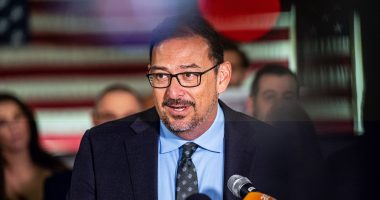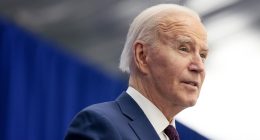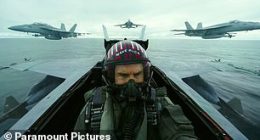The technology behind autonomous vehicles has proved devilishly hard to perfect. And progress hasn’t been helped by Tesla boss Elon Musk’s army of superfans
“I would be shocked if we do not achieve full self-driving safer than a human this year,” said Tesla chief executive, Elon Musk, in January. For anyone who follows Musk’s commentary, this might sound familiar. In 2020, he promised autonomous cars the same year, saying: “There are no fundamental challenges.” In 2019, he promised Teslas would be able to drive themselves by 2020 – converting into a fleet of 1m “robotaxis”. He has made similar predictions every year going back to 2014.
From late 2020, Tesla expanded beta trials of its “Full Self-Driving” software (FSD) to about 60,000 Tesla owners, who must pass a safety test and pay $12,000 for the privilege. The customers will pilot the automated driver assistance technology, helping to refine it before a general release.





